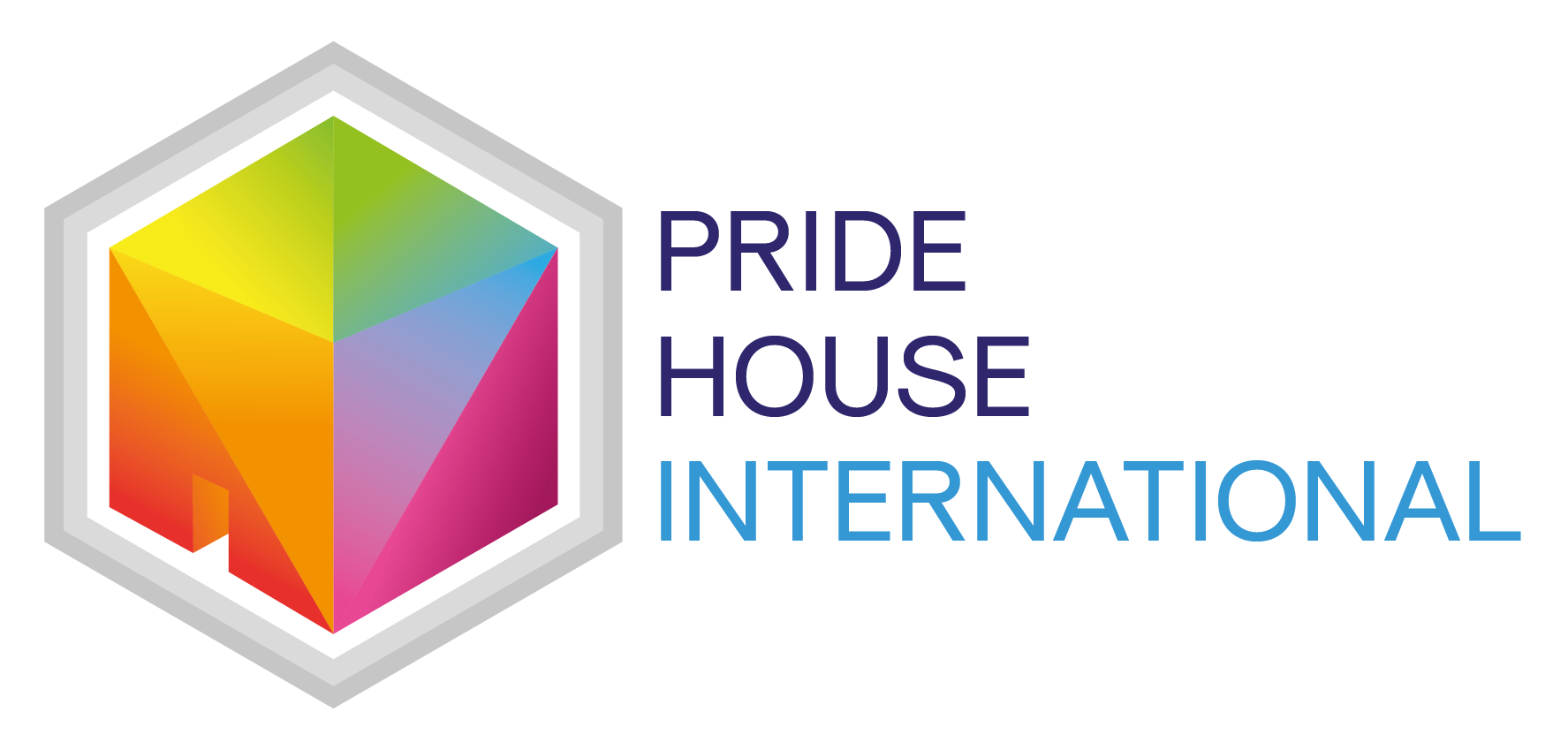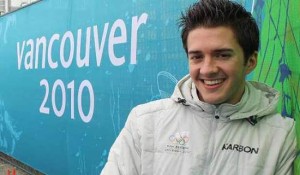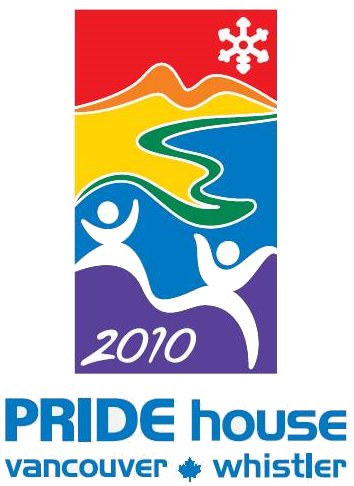The first-ever Pride Houses were held in Vancouver and Whistler, British Columbia, Canada during the 2010 Winter Olympic and Paralympic Games.
Throughout the Games, more than 20,000 people visited one of the two Pride House pavilions (5,000 in Whistler and 2,000 at QMUNITY) or “SCORE” the celebration venue on Davie street (15,000), with hundreds more participating in a number of community outreach events.
Mission, Objectives, and Values
The mission of Pride House was “to provide an open and welcoming venue for the LGBT community and their allies to celebrate together diversity and inclusiveness through sport. To educate and make aware that LGBT people are still discriminated against and in some cases persecuted for being or assumed to be a homosexual. It is still illegal to be gay in over seventy countries around the world and in seven countries the punishment for being gay is death.”
The primary objectives for Pride House were to:
- have fun, celebrate our authentic selves, embrace diversity and be inclusive
- educate and evoke change on homophobia in the sports culture
- be a catalyst for Human Rights to protect gays and lesbians in countries of conflict where governments have laws that openly discriminate against homosexuals
Also described on the website are the three core values at the heart of Pride House:
- being Authentic
- celebrating Diversity
- embracing Inclusiveness
Pavilions
Whistler, BC
The Pride House venue was located in the Pan Pacific Village Centre which was selected for its good street level access, visibility to the outside public, and the ability to transform / decorate the space to become Pride House.
A bright colourful entrance and a strong sense of arrival was a key component to Pride House Whistler. Future pavilions will need to ensure they have attention‐grabbing graphics at the entrance as this is an important photo opportunity for guests and celebrities and will help create the mood and expectation of the pavilion.
The artistic and educational exhibits were a key component of the Whistler Pride House as they helped promote dialogue on human rights violations and really showcase the various aspects of Queer Culture. These exhibits helped transform the venue from being just another sports bar / lounge, albeit an LGBT one, into a real Olympic pavilion.
Space for the sale of retail items was also created at the pavilion. This space gave visitors the opportunity to buy Pride House souvenirs and generate some additional revenue. The selling of retail items also provided Pride House sponsors the opportunity to get their branding out and into people’s hands.
A Speakers’ Chalet was also established as quiet space to conduct interviews and record messages, thoughts, and ideas around Pride House or other venues and events.
Vancouver, BC
Pride House Vancouver was hosted by and within QMUNITY, B.C.’s Queer Resource Centre, and therefore had a different feel from Pride House Whistler, which was built for the specific purpose of being a Pride pavilion. Pride House Vancouver at QMUNITY was located in the heart of Davie Street, Vancouver’s easily identifiable gay neighbourhood.
The TV in the Vancouver Pride House lounge area regularly attracted people who wanted a low‐key space to watch the events. There was also a leaderboard keeping track of national medal counts which the regular visitors enjoyed updating themselves. The Canadian men's and women's hockey games, as well as all gold medal events, specifically attracted large crowds of visitors.
Finally, SCORE, a sports bar on Davie street in Vancouver’s Gay Village, was designated the official Pride House celebration venue and hosted a number of special events which were very popular (e.g., opening and closing ceremonies, gold medal hockey matches).
Education and Outreach
Homophobia
There were a number of program initiatives related to addressing homophobia in sport, prior to and during the Games.
- Raising Awareness with AthletesCAN (the national association for high-performance athletes) and the Canadian Olympic Committee (COC)
- Jeff Sheng’s “Fearless” Exhibition
- Exploring the Physical Activity Needs of Older Lesbian Women (55‐70)
- ILGA Winter Olympic Map, a special version of their world “rights” map to present the discrimination against lesbian, gay, bisexual, trans and intersex persons in the countries participating in the Winter Olympics.
- Homophobia Film Nights
- Other Artist’s Programming
Asylum and Refugee Support
Education and outreach programming also included outreach on Canadian immigration and refugee protection for LGBT people. Two community groups, Rainbow Refugee Committee (RRC) and Canadian Immigration for Same‐Sex partners (LEGIT), organized and staffed this component of outreach. The purpose of the partnership with these organizations was two‐fold:
- raise awareness about the continued persecution facing LGBT persons outside of Canada; and
- offer refugees and asylum seekers support services.
The preparation by Rainbow Refugee/LEGIT members to support Pride House entailed the following:
- Through their participation in the Red Cross Multi‐Agency Partnership (MAP), RRC spoke with Citizenship and Immigration Canada (CIC) and Canada Border Service Agency (CBSA) representatives about what procedures and operations would be in place during the Olympic/Paralympic Games. Also within the framework of MAP, RRC participated in strategizing emergency shelter options for the Games period.
- RRC researched country specific conditions related to homophobic or transphobic persecution in the nations participating in the Olympic/Paralympic Games. In collaboration with EGALE, this information was compiled for Pride House immigration outreach volunteers (in detailed format) and Pride House Ambassadors (a general overview).
- RRC provided training to all Pride House Ambassadors on how to sensitively field immigration related inquiries. The Ambassadors were therefore able to determine if questions were urgent or non‐urgent. All RRC/LEGIT volunteers were well versed on refugee and immigration options for LGBT people.
- RRC and LEGIT volunteers were available daily at the Pride House at QMUNITY from 4‐6 pm to provide immigration and refugee information. Pride House Ambassadors were also provided with the on‐call numbers for RRC/LEGIT volunteers for when they were unable to determine urgent versus non‐urgent questions. When this situation occurred, the on‐call RRC/LEGIT volunteer was called or visitors were asked to provide contact information and return during the designated hours. A quiet room with a phone was also set aside for immigration matters and/or psychosocial support.
- Displays about the immigration and refugee outreach efforts were posted prominently at the Pride House pavilion in Vancouver and handouts and materials were displayed at the Pride House pavilion in Whistler. At the Vancouver Pride House pavilion, RRC/ LEGIT volunteers also wore Pride House Ambassador t‐shirts, and wore name tags with “immigration questions?” clearly written.
Other Special Events
There were a number of special events held at the Whistler and Vancouver Pride House pavilions, which were well attended by both politicians and press, particularly in Vancouver. In addition, Pride House worked with the B.C. Olympic Secretariat and Tourism Vancouver to host the first ever LGBTQ night during an Olympic Games.
Olympic Press Conference
Another first was the Pride House press conference held at the Whistler Media House in Whistler on February 24, 2010. Organized by Dean Nelson and Ken Coolen, the press conference provided access to a world class venue where Pride House could further the importance of having a dedicated space for LGBT persons, families, friends and allies, and highlight the work that still to be done to address homophobia worldwide, especially in the world of sport.
Read the legacy report for more details on the funding, preparation, delivery, resources, and communications that went into delivering the Vancouver + Whistler Pride Houses during the 2010 Winter Olympic and Paralympic Games.



